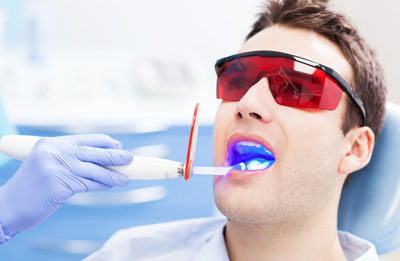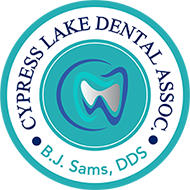ADVANCEMENTS IN DENTAL TECHNOLOGY
Laser technology is changing the dental patient experience for the better. While lasers have been around for several years, advancements in technology and new applications are being uncovered at an accelerating rate in recent years. Laser is an instrument that produces a very narrow, intense beam of light energy. When laser light comes in contact with tissue, it causes a reaction. The light produced by the laser can remove or shape tissue. Lasers can be used as a safe and effective treatment for a wide range of dental procedures and are often used in conjunction with other dental instruments. Dr. Sams uses a Diode Laser when needed for various dental procedures including the following:
- Manage gum tissue during impressions for crowns or other procedures.
- Remove overgrown tissues caused by certain medications.
- Perform biopsy procedures.
- Remove inflamed gum tissues and aid in the treatment of gum disease.
- Remove or reshape gum tissues during crown lengthening procedures.
- Help treat infections in root canals.
- Treat apthous ulcers or canker sores
- Treat herpetic lesions or cold sores.
Laser Dentistry Procedures
Laser Focus
For more than 20 years, dentists have been using lasers for a wide variety of dental procedures. Read on to learn how lasers are used in the dental office and how you may benefit from a laser procedure.


